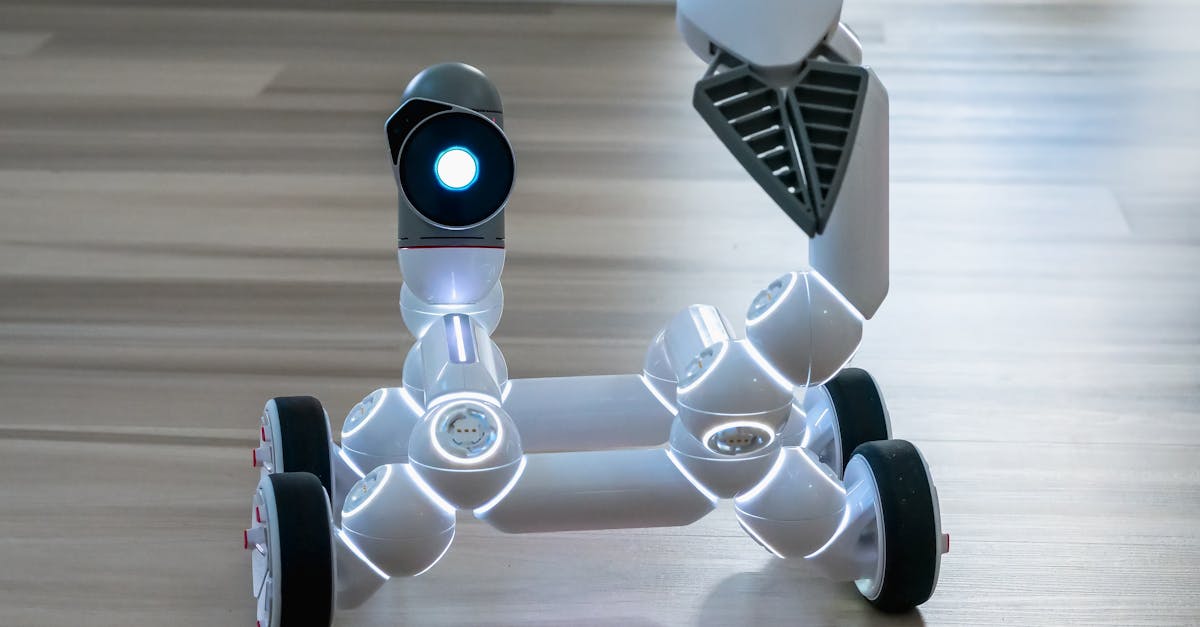In a world where binge-watching is practically a sport, smart home entertainment hubs are the MVPs of modern living rooms. These nifty devices transform the way people enjoy movies, music, and games, turning any space into a high-tech haven. Imagine controlling everything with just your voice or a single remote—no more wrestling with tangled cords or searching for lost remotes.
But it’s not just about convenience; it’s about creating an immersive experience that makes every movie night feel like a blockbuster premiere. Whether it’s streaming the latest series or blasting tunes for an impromptu dance party, these hubs deliver entertainment at the speed of light. So, if you’re ready to level up your home entertainment game, it’s time to dive into the world of smart hubs. Who knew upgrading your living room could be this much fun?
Table of Contents
ToggleOverview of Smart Home Entertainment Hubs
Smart home entertainment hubs serve as central devices that unify various audiovisual components. They simplify control, enhance user experience, and create an immersive atmosphere for activities like movie nights and dance parties.
Definition and Functionality
A smart home entertainment hub functions by consolidating media sources and devices into one accessible platform. These hubs support multiple formats, including streaming services, gaming consoles, and audio systems. Users can control everything—TVs, speakers, and projectors—using a single interface, often through voice commands or a mobile app. This integration improves convenience, allowing seamless transitions between activities without the need for multiple remotes.
Key Features
Key features of smart home entertainment hubs enhance user interaction and engagement. Voice control enables hands-free operation, making it easier to switch between content or adjust volume levels. Multi-device compatibility allows users to connect various brands and technologies, fostering an inclusive entertainment environment. Customizable interfaces provide personalized experiences, enabling users to organize favorite content and apps. Additionally, automation capabilities enable scheduling, such as turning on devices before showing a movie or lowering lights during presentations.
Benefits of Smart Home Entertainment Hubs
Smart home entertainment hubs provide significant advantages for users looking to enhance their media consumption experience.
Enhanced User Experience
A streamlined interface simplifies navigating various media options. Users can access different platforms, such as streaming services and games, from one location. Voice control adds convenience, allowing users to make selections without remote interference. Customization options enable personalization of wallpapers and layouts to suit individual preferences. Immediate play options remove the hassle of searching through multiple devices. Enjoying a movie or music feels intuitive and seamless with this technology.
Integration with Smart Devices
Smart home entertainment hubs act as central controllers for connected devices. They integrate with smart speakers, lighting systems, and thermostats to provide a synchronized experience. Users can create specific settings, such as dimming lights for movie time, all from one interface. Compatibility with various brands ensures flexibility in device choices. Automation features allow scheduling of favorite shows or movie marathons without manual effort. Centralizing control enhances convenience for a cohesive entertainment experience.
Popular Smart Home Entertainment Hubs
Smart home entertainment hubs feature prominently in today’s living spaces, offering seamless integration and convenience. Various brands lead the market, each providing unique advantages and specific features tailored for diverse consumer needs.
Comparison of Leading Brands
Amazon Echo Show stands out, combining smart display capabilities with robust media streaming. Google Nest Hub offers strong voice recognition and integrates smoothly with Google services. Apple HomePod Mini excels in audio quality, appealing to Apple ecosystem users. Roku Smart Soundbar provides versatility, combining a soundbar’s audio enhancement with streaming capabilities. These brands distinguish themselves through design, compatibility, and user experience, allowing users to select a hub matching their preferences.
Price Range and Value Analysis
Smart home entertainment hubs vary widely in cost. Entry-level devices can range from $50 to $150, offering essential features for simple setups. Premium models may go from $200 to $500, providing advanced functionalities such as high-resolution audio and extensive compatibility. Overall value often reflects the hub’s capability, versatility, and integration with other smart devices. Investing in a higher-priced hub typically results in enhanced performance and improved user experience, justifying the expense for avid media consumers.
Setting Up a Smart Home Entertainment Hub
Setting up a smart home entertainment hub transforms the living room into a multi-functional space. This process involves various steps to ensure all components function seamlessly together.
Installation Process
Begin by selecting a central location for the hub, ensuring it receives a strong Wi-Fi signal. Connect the hub to your TV and audio system via HDMI or optical cables. Next, download the corresponding app on a smartphone or tablet to manage installation settings. Follow the app’s prompts to sync devices like streaming services and gaming consoles. Once linked, test each device to verify proper connectivity. Adjust settings for video and audio output to optimize performance. Setup concludes with a quick check of voice command functionality.
Tips for Optimization
Choose high-speed internet for enhanced streaming quality. Streamline device management by integrating all gadgets into one app or platform. Utilize customization options to create a user-friendly interface that prioritizes favorite apps. Activate automation features for effortless control during movie nights or parties. Explore firmware updates regularly to improve functionality and security. Lastly, consider placing speakers strategically around the room for balanced audio.
Smart home entertainment hubs are transforming how people enjoy media in their homes. By consolidating various devices and platforms into a single, user-friendly interface, they simplify access to entertainment options. The integration of voice control and automation features enhances convenience and personalization, making it easier for users to tailor their experiences.
As technology continues to evolve, these hubs are likely to become even more sophisticated, offering seamless connectivity with other smart devices. Investing in a smart home entertainment hub not only streamlines media consumption but also elevates the overall ambiance of any living space. Embracing this technology can lead to a more enjoyable and immersive entertainment experience, making it a worthwhile addition to modern homes.





